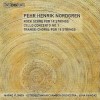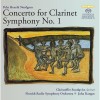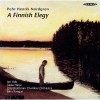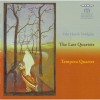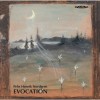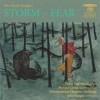| 国家: | 芬兰 |
| 期间: | Contemporary classical music |
传记
Pehr Henrik Nordgren (19 January 1944[1] in Saltvik, Åland Islands – 25 August 2008 in Veteli) was a Finnish composer.
Pehr Henrik Nordgren received composition lessons starting from 1958 in Helsinki and studied musicology at the university from 1962 to 1967, as well as receiving private tuition from Joonas Kokkonen from 1965 to 1969. At the Tokyo University of the Arts, he supplemented his composition studies from 1970 to 1973 with Yoshio Hasegawa and became acquainted with traditional Japanese music, which soon became an influence in his works.
In 1973, he married Shinobu Suzuki in Tokyo, and returned to Finland where he established himself in Kaustinen, a small place in Ostrobothnia, as a freelance composer. Kaustinen is the center of folk music in Finland; folk music festivals take place all summer long with travellers coming from around the world. Thus Nordgren concerned himself now with the music of his country. On the other hand, he intensively began co-operation with the Ostrobothnian Chamber Orchestra and its leader Juha Kangas, which led to an abundance of orchestral works.[1]
Nordgren's style stems from the twelve tone technique, as well as the use of tone clusters by György Ligeti, while also utilising many other elements of contemporary composition instead of following any single designated tradition. Nordgren's music also features elements of traditional Japanese music (e.g. in the Kwaidan Ballads for piano), sometimes combining elemnts and instruments of Japanese music with those of Finnish folk music, particularly the kantele. In the center of Nordgren's œuvre, however, are works for strings; whether in concertos, works for string orchestra (e.g. Portraits of Country Fiddlers, one of his most often performed orchestral works), string quartets or sonatas.







